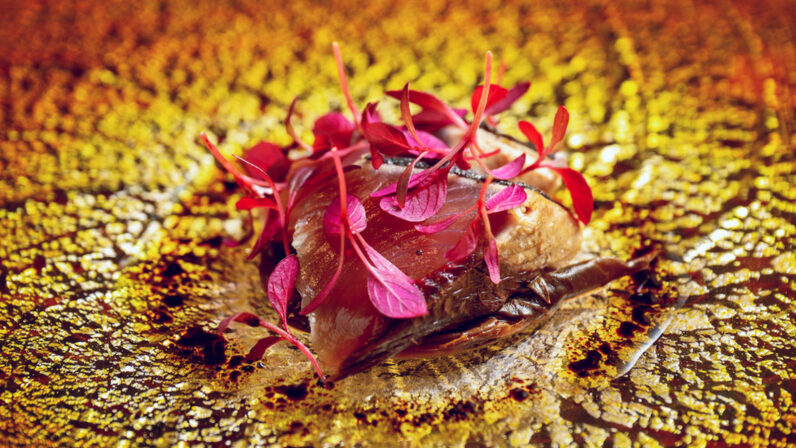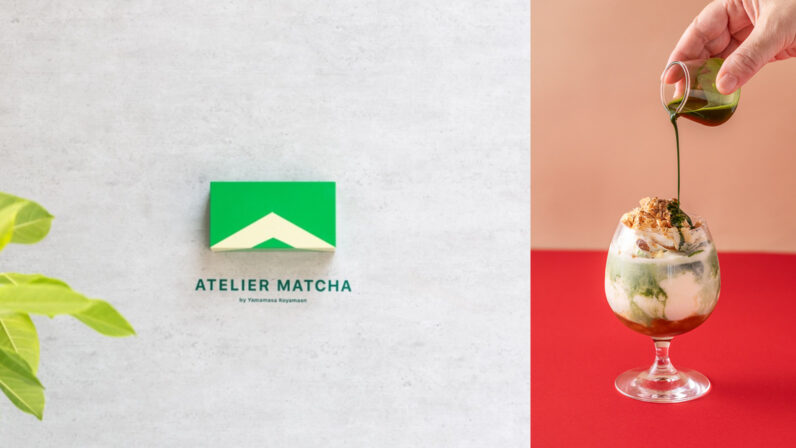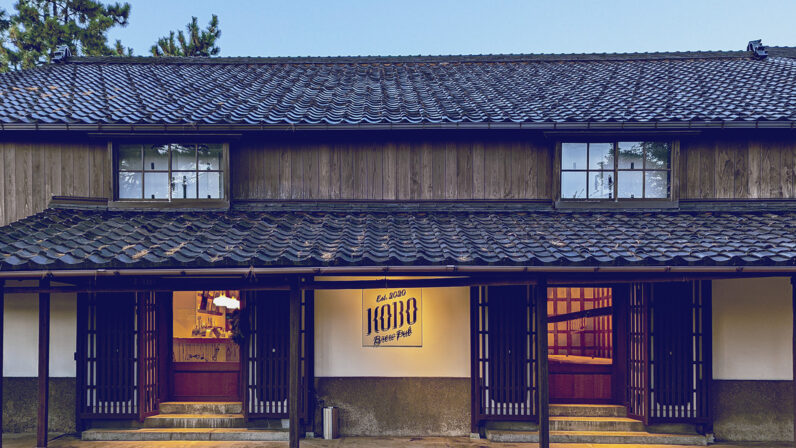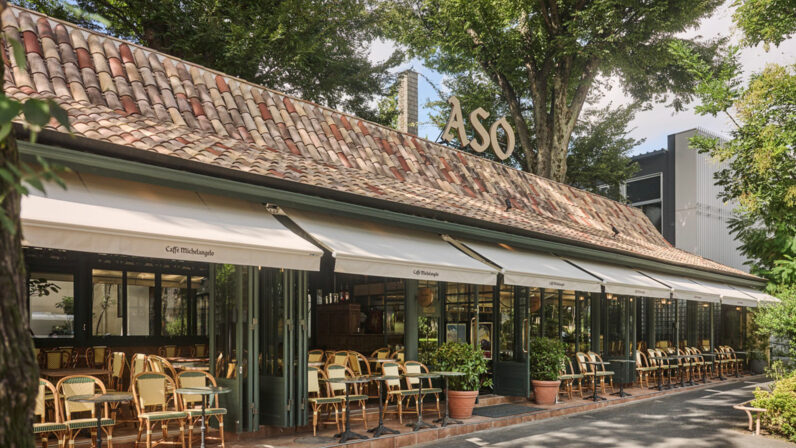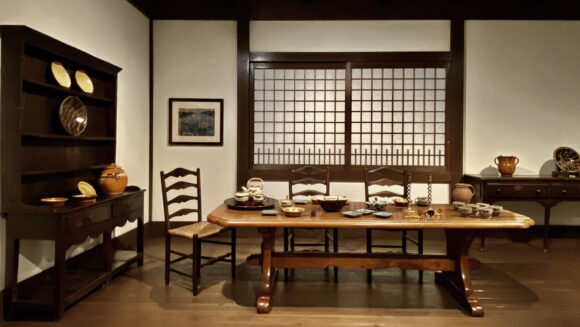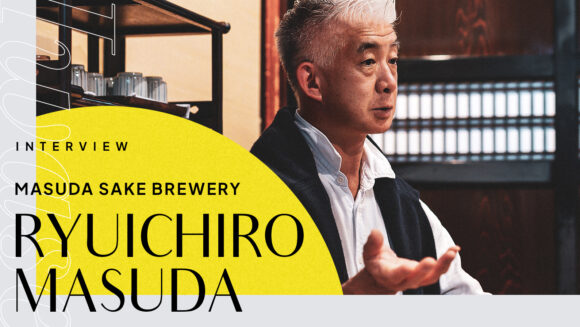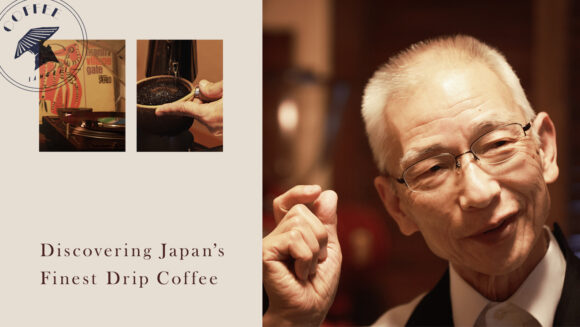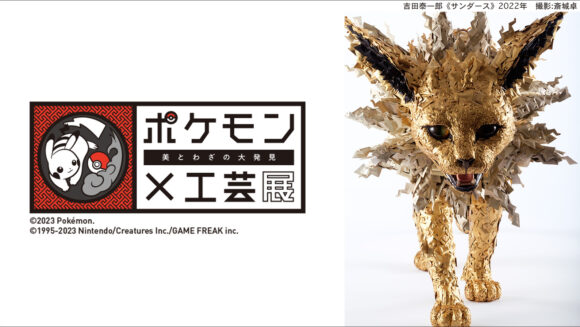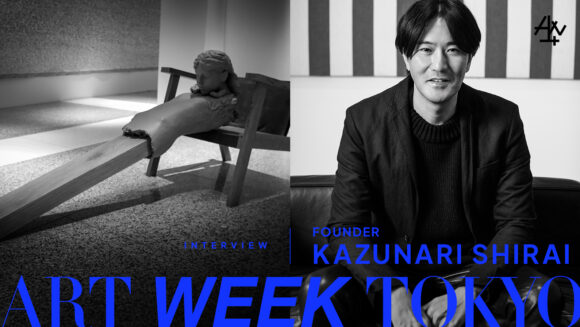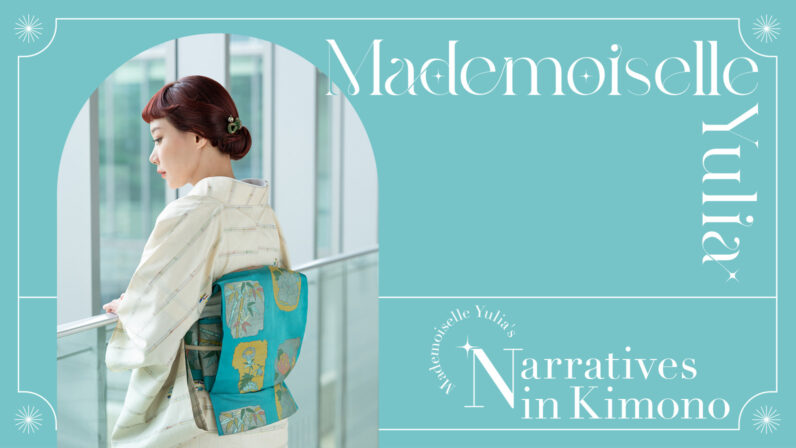The notion that Rosé wine is currently on-trend has been ongoing for several years. Rosé wines defying conventional norms are continuously emerging from all around the world with France at the forefront. At this juncture, it’s evident that Rosé wine transcends mere trendiness and has cemented its status as a formidable player in the wine scene.
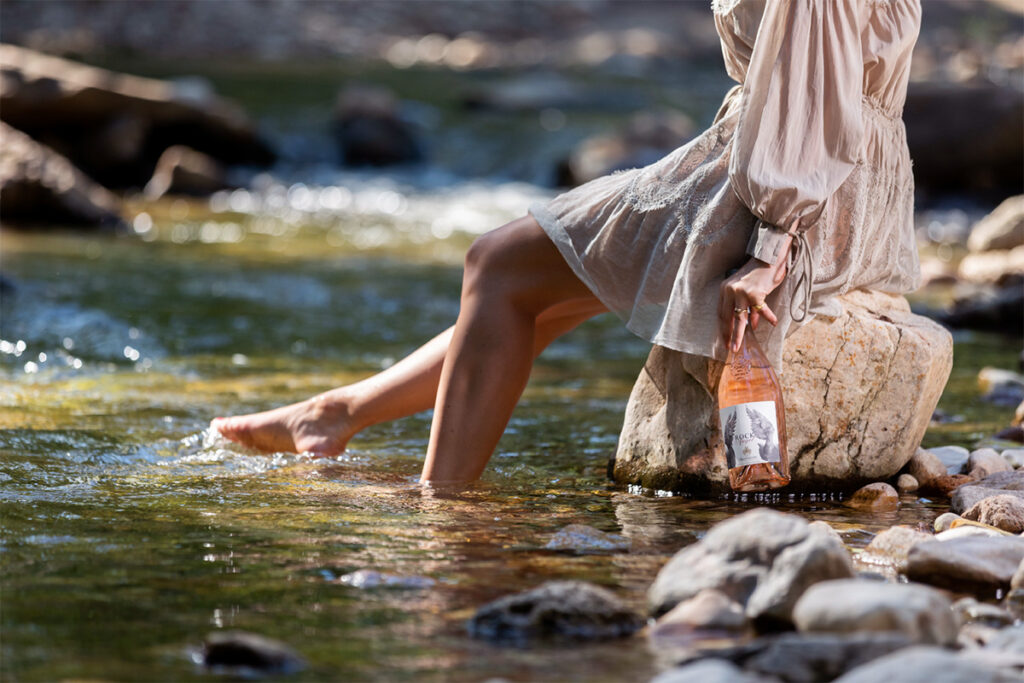
Cherry Blossoms, Rosé, and the Japanese
It’s said that everyone smiles when they see cherry blossoms. Why is it that these pink flowers, in all their variety from shades almost white to deep red-purple, bring smiles to people’s faces? Similarly, the pouring of Rosé wine and seeing the pink liquid flowing into the glass may also bring about smiles without even realizing it. It’s certainly something to ponder about.
Japan’s wine market, despite being a global hub for wines, shows a reserved attitude towards Rosé wine. There are several reasons for this, but one frequently mentioned explanation is that many Japanese first got acquainted with Rosé wine through the popular ‘Mateus Rosé,’ which happened to be sweet. This created a preconception among Japanese consumers that all Rosé wines are sweet, dampening their enthusiasm. While it’s indeed on the sweeter side, it’s a common misconception that has long persisted.
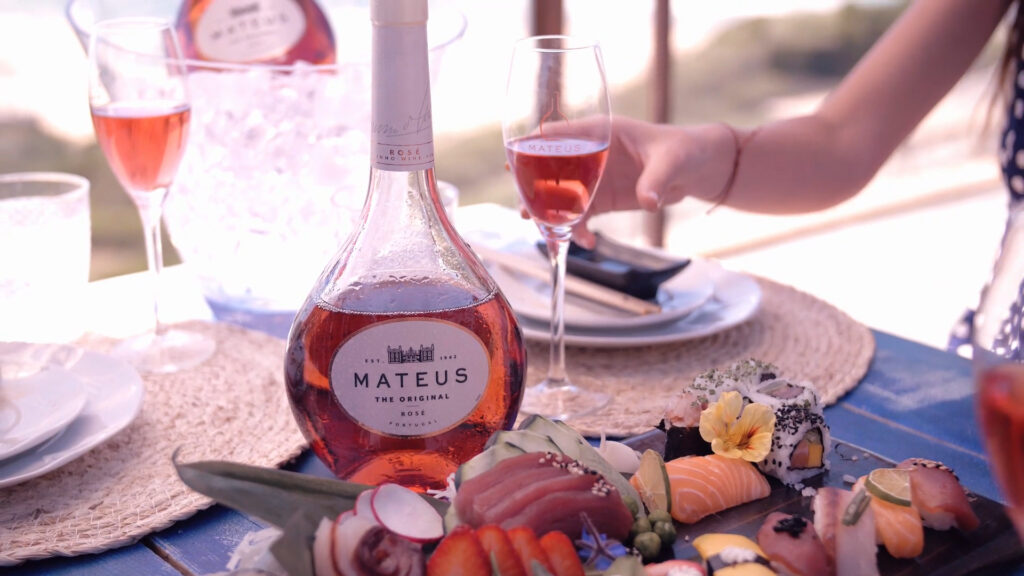
Mateus Rosé
Price: Open (Reference price: 1,060 yen / 750ml)
Importer: Suntory Spirits Ltd.
Crafted by the renowned Portuguese winery Sogrape, established in 1942, this refreshing Rosé wine boasts a subtle sweetness and gentle effervescence. Made from grape varieties such as Baga, it’s a classic favorite enjoyed not only in Japan but also in numerous countries worldwide, including the UK and USA.
Mateus is a wine from Portugal, but the origin of Rosé wine itself lies in Provence, which conjures images of blue skies, blue seas, lush alps and plains, covered in sunshine. Rosé wine, like the pleasant breeze blowing there, is bright, refreshing, and charming.
The Emerging Prominence of Rosé Wine
While global wine production experiences fluctuations due to factors such as pandemics, climate change, and societal shifts, the long-term trends haven’t exhibited dramatic changes. Rosé wine production, for instance, has remained relatively steady at around 23 million hectoliters over the past two decades, with no significant increases or decreases.
Despite this, Rosé wine consumption is on the rise, signifying that casks aren’t being left unsold and that it’s becoming more upscale.
France leads the way with both production and consumption, followed by the United States. In France, it’s been a long-standing pattern that one out of every three bottles of wine sold is rosé. Another notable characteristic is its popularity among the millennials and Gen Z.
Until now, rosé wine has typically been seen as a secondary offering within winery lineups, especially in the low to mid-price range. However, it is now undergoing a transformation.
When exploring the cause of this, some theorize it’s because the delightful pink beverage effortlessly elevates Instagram and social media feeds, or perhaps because it aligns with trends pushing healthy and natural lifestyles. While there are several possible reasons, one often cited as an iconic event is the emergence of Miraval Rosé in 2013.

Miraval Rosé
Recommended Retail Price: ¥4,600 per 750ml
Importer: Jeroboam Co., Ltd.
A masterpiece Rosé crafted from a unique blend of Sansou, Grenache, Syrah, and Rolle grapes native to Provence. This wine, a cornerstone of Miraval’s diverse range, presents a delicately pale pink hue reminiscent of flower petals. Bursting with the aromas of fresh fruits and spring blossoms, it expresses a refreshing acidity and exquisite minerality, culminating in a finish with a subtle pleasant hint of saltiness.
The initial batch of 6,000 bottles sold out in just 5 hours. That same year, it was the only Rosé wine to make it into the top 100 list of the influential ‘Wine Spectator’ magazine, which influences wine prices globally. The winery behind this success is owned by Brad Pitt and Angelina Jolie. Handling the winemaking is the Perrin family, owners of Château de Beaucastel, renowned for its top ratings in the esteemed wine region of Châteauneuf-du-Pape. Additionally, the grapes are organically cultivated without the use of herbicides, pesticides, or any chemical substances.
The introduction of this wine boldly signifies the ongoing transformation within the realm of rosé wines. Miraval Rosé embodies everything beloved by its era with flawless precision, and a decade on from its inception, the brand still maintains its impeccable reputation. The emergence of this wine was a proclamation to the world that rosé wine was undergoing a transformation. When it comes to Miraval and other esteemed brands,there is an evident pattern of three notable traits exhibited among them:
1 : Beloved by celebrities and connoisseurs.
2 : Expertly crafted by skilled winemakers.
3 : Embracing natural sustainability.
These three distinct traits combined have become one of the defining features of contemporary rosé wine, and the selections possessing these characteristics seem to have established themselves in a lane unto themselves. Admired brands occupying this category, with strong reputations and superb blends, could be referred to as ‘High-End Rosé Wines.’
Taking Rose to New Heights and Even Beyond
LVMH’s acquisition of several Provence-based Rosé wine producers around 2020 is considered one of the notable signifiers for the notion of High-End Rosé Wine.
Essentially, the emergence of exceptional rosé wines wasn’t merely a chance occurrence. It represented a significant shift in the perception of rosé wine, driven by large conglomerates adept at managing luxury brands and promoting wine culture, who recognized rosé wine as a category deserving of their focus.
Currently, under the umbrella of LVMH, the winery that particularly stands out as emblematic is ‘Château d’Esclans.’
In 2006, Sacha Lichine, the son of Alexis Lichine, a Russian wine specialist, acquired this winery with the ambition of ‘elevating Rosé to greatness.’ Previously, he introduced Bordeaux and Burgundy wines to America in the early 20th century. For this venture, he brought on board the legendary winemaker Patrick Léon, who had an extensive career at Château Mouton Rothschild in Bordeaux, as a consultant.

The winery building, constructed in the 19th century, resembles a Tuscan villa-style chateau. However, its interior has been outfitted with state-of-the-art facilities tailored to produce exceptional rosé wines.
The sprawling estate, situated in a traditional grape-growing region, currently holds the highest level of environmental certification in France, known as HVE level 3. Approximately one-third of this extensive area, totaling around 140 hectares, is devoted to vineyards. The grapes are hand-harvested with care, and both human and machine carefully select them to maintain quality. To safeguard against any adverse effects from external forces, oxidation, or temperature fluctuations, the environment is rigorously managed. The juice, gently extracted under controlled conditions, is fermented separately based on vineyard plots, vine ages, and grape varieties. Throughout the process, rigorous tasting sessions and blending are conducted to achieve the desired final blend.
In essence, it’s crafted much like Champagne. In the world of Champagne, quality directly reflects the level of care invested, potentially fetching top prices in the wine industry. However, applying such meticulous efforts to Rosé wine, often considered at the lower end of the category spectrum, was quite challenging in the early 21st century.
And so, one might wonder if Sacha, who is the son of a man referred to as the Pope of wine, was able to anticipate such success. Despite releasing wines that are considered unusually high by Rosé wine standards (priced around 15,000 yen), critics have praised them, even comparing them to some of the world’s top wines.
It became a catalyst for the surge in High-End Rosé Wine, especially in the United States.
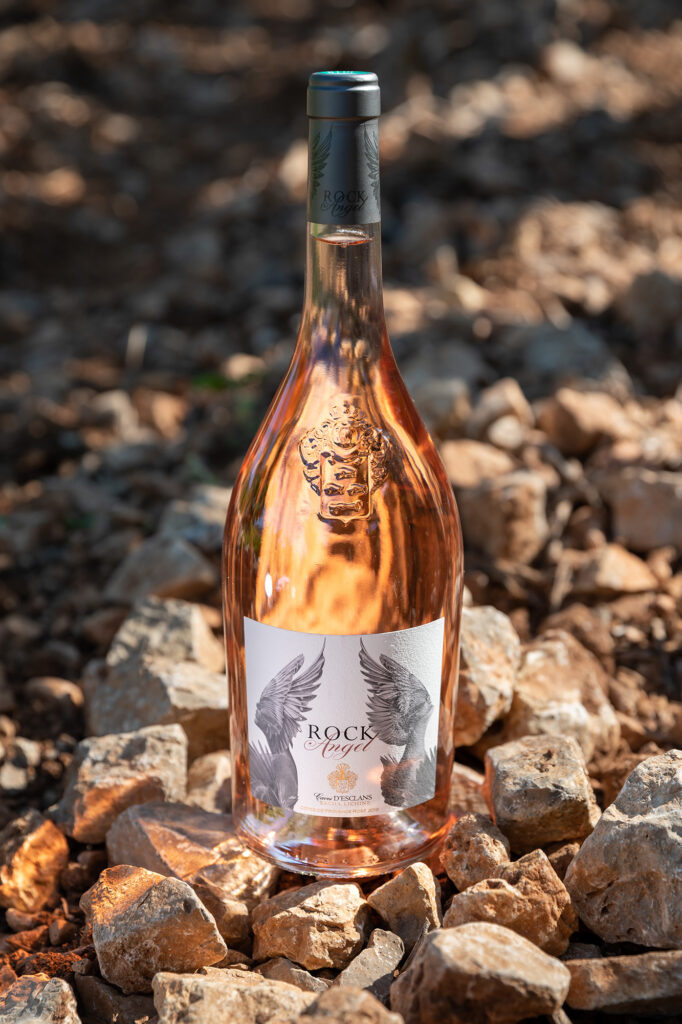
Château des Crans Rock Angel
Recommended retail price: ¥4,455 (tax included) / 750ml
Importer: MHD Moët Hennessy Diageo Co., Ltd.
Rock Angel is one of the premium rosé wines from Château des Crans. True to its name, it features a mineral-like sensation akin to flint, coupled with a creamy texture derived from barrel aging. Its savory aroma and refreshing acidity gradually give way to a subtly sweet finish, offering a crisp palate. Versatile enough to complement everything from appetizers to main courses, fruits, and desserts.
The Evolution of Moderately Priced Rosé Wines
As the pinnacle rises, the base also broadens. Globally, in recent years, Rosé wine has been reconsidered by producers beyond Provence. Consequently, the market has seen an increase in affordable Rosé wines that offer enriching experiences.
When selecting a more affordable rosé wine, a good tip is to consider how much it shares elements of high-end selections. The previously mentioned distinctions, such as being beloved by celebrities and connoisseurs, expertly crafted by skilled winemakers, and embracing natural sustainability, are all factors that can help to reliably guide your choice.
While it is challenging to incorporate all of them with lower-priced options, there are a plethora of gems. For instance, the organic Rosé wine released by ‘Mouton Cadet’ in Bordeaux. In addition to being organic, it’s backed by the renowned Rothschild family, and top-tier Bordeaux winery Château Mouton Rothschild. It meets all the criteria and exemplifies similar qualities to High-End Rosé wines.


Mouton Cadet Rosé Organic
Price: 2,200 yen (tax included)
Mouton Cadet Rosé is an everyday wine from Bordeaux, crafted by Baron Philippe de Rothschild, who owns prestigious first growth classified châteaux in the Médoc region. This wine, certified organic and vegan, bears the label ‘✕ Mathilde,’ representing Ambassador Mathilde Serreès de Rothschild. Mathilde, the daughter of Baron Philippe de Rothschild’s Chairman, Philippe Sereys de Rothschild, adds a touch of prestige to this exquisite wine
Finally, while there’s been a surge in popularity, there is also another Rosé wine recommendation that’s often overlooked but worth full consideration. Among the various methods of crafting Rosé wine, there’s one called ‘Saignée.’ This technique involves extracting the lighter portion during red wine production to intensify the wine. However, in regions where this method is used, the extracted portion is sometimes utilized to create another type of wine, resulting in rosé. For instance, despite claims of low Rosé wine sales in Japan, they actually produce quite a lot due to employing the Saignée method. Since it’s lighter than the main red wine, it’s easily enjoyed and offers the excitement of tasting before the release of the main red wine. It’s highly recommended for relaxed enjoyment, and if you ever find yourself visiting a winery in Japan, I encourage you to give it a try.
As initially mentioned, Rosé wine captures the essence of the gentle breeze of southern France. It’s versatile, enjoyable without fussing over temperature, glassware, or food pairings; it fits any occasion. Given that many Japanese wineries are nestled in scenic locales, visiting one will provide a wonderful opportunity to enjoy Rosé wine amidst picturesque landscapes, complemented by glowing sunsets, or even among blooming cherry blossoms.




